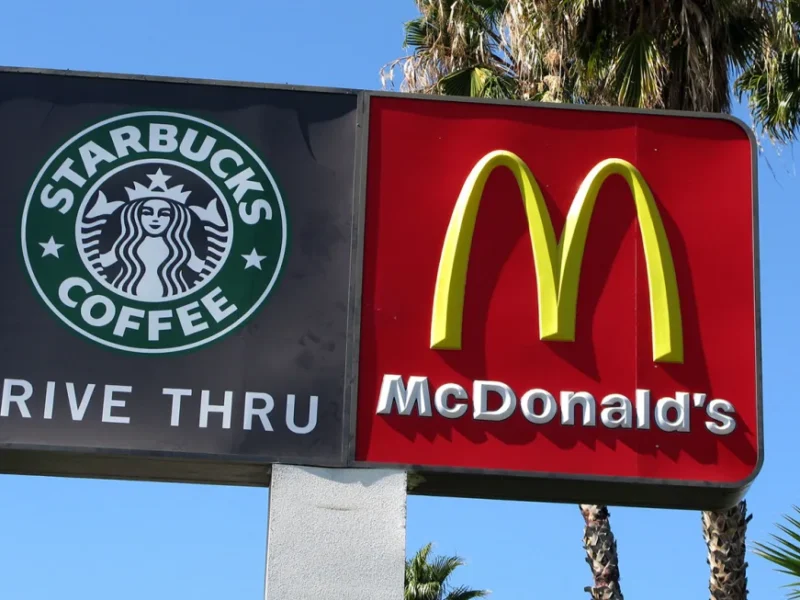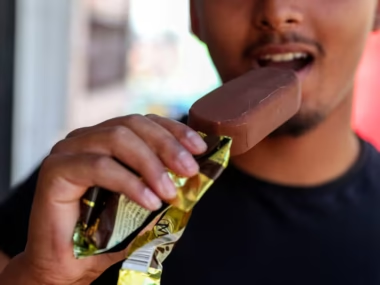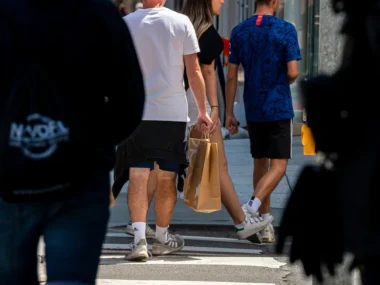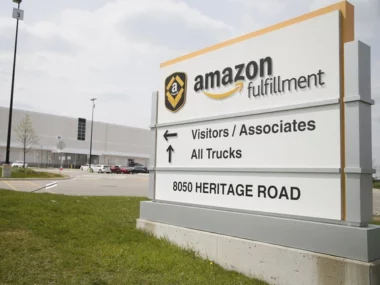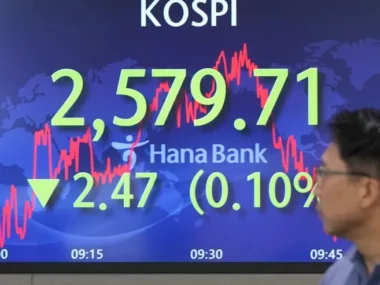On the surface, it seems that Americans are moving
It appears that Americans are cutting back on Big Macs, alcohol, and even Starbucks.
The earnings reports for major food and beverage companies have started coming in, revealing shifts in American spending habits during a period of strong employment, stable wages, and easing inflation.
The takeaway: Americans are still inclined to spend, but they’re becoming more selective. If there were a competition for spending while facing political and global challenges, the U.S. would consistently win.
Recently, however, consumers have become more discerning. Starbucks, for example, reported disappointing sales for the second consecutive quarter. McDonald’s saw a 0.7% drop in U.S. sales compared to the same period last year. Even Diageo, which makes popular alcohol brands like Johnny Walker, experienced its first sales decline since the pandemic, particularly in North America.
This shift isn’t about Americans abandoning fast food or becoming non-drinkers. Instead, after years of rising prices, people are searching for better deals and spending more on things they truly desire.
“Consumers are willing to spend, but they’re not willing to spend on the same old thing,” said RJ Hottovy from Placer.ai. “They are definitely being more selective with their food purchases.”
This trend is especially noticeable among chain restaurants. For instance, Chipotle’s sales at locations open for at least a year have risen by 11% year-over-year, while Texas Roadhouse saw a 9.3% increase. In contrast, McDonald’s sales dropped by 0.7% and Starbucks by 2%.
Consumers are essentially saying, “If I’m going to pay a premium for food, I want a better experience.”
This isn’t entirely new. Over time, the price gap between restaurant chains—ranging from inexpensive “quick service restaurants” like McDonald’s to “fast casual” spots like Chipotle and “casual dining” venues like Applebee’s—has been closing.
McDonald’s, once known for its low prices, has raised its rates, while sit-down restaurants have focused on offering value and convenience. For example, Applebee’s has targeted McDonald’s customers with value-driven options, and Chili’s has added a burger with “twice the beef of a Big Mac” to its value menu.
McDonald’s is now working to attract both budget-conscious and affluent customers by emphasizing its $5 value meal and introducing a higher-end “Big Arch” burger.
This trend fits with the post-pandemic pattern of splurging on small luxuries and memorable experiences. While we might not be getting takeout every night or buying expensive coffee, we’re still willing to spend on special events, like seeing Taylor Swift in Paris.
Despite these changes, the American consumer remains resilient. Spending money is ingrained in American culture, contributing to a stronger-than-expected 2.8% annual growth rate in the U.S. economy for the second quarter.

